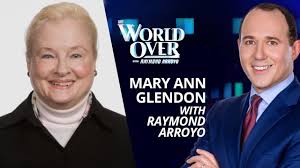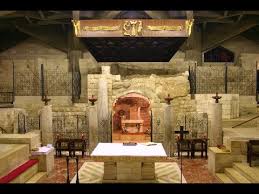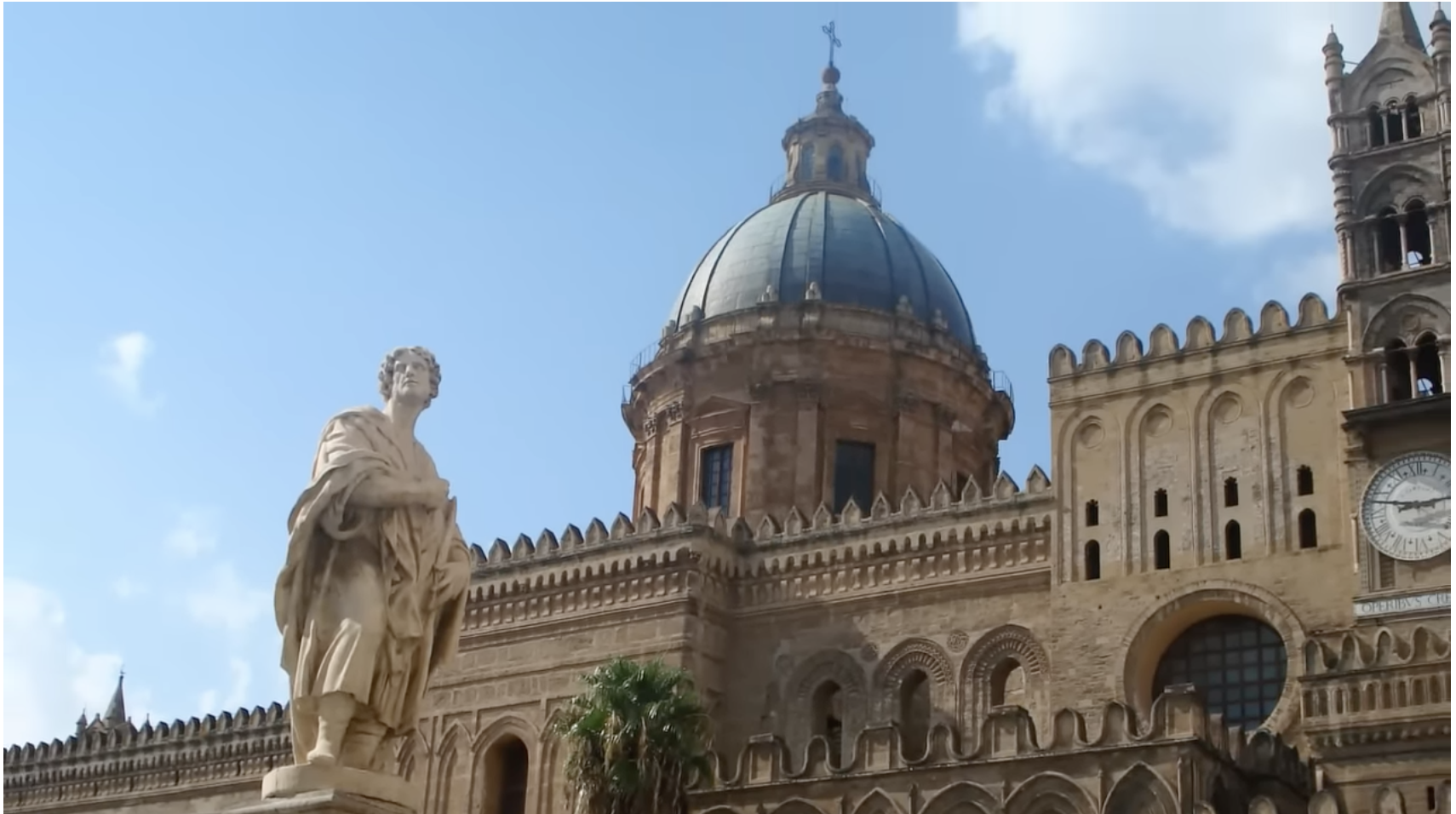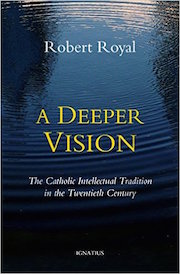The plight of American Catholic schools over the last half-century is well known. The nuns fled, tuitions rose, Catholicity retreated. A precipitous decline in enrollment followed. In 1960, there were 5.2 million students in 13,000 Catholic schools; these numbers have tumbled to 1.7 million students in 6,200 schools in 2020. Over these decades, declining school enrollment and closures ominously preceded declining church attendance and church closures.
Multiple efforts have been made to save Catholic education, including the establishment of “Catholic Schools Week,” which begins tomorrow, to celebrate Catholic education and market it to prospective students. For years, the marketing angle typically proclaimed the benefits of including faith as part of the educational enterprise. This year’s theme, for example, is “Faith. Excellence. Service.” This is why, the sales pitch says, parents should choose Catholic education over the free public education available down the block.
Judgment about this marketing campaign lies in the numbers: enrollment has still been dropping, schools have still been closing. Selling a faith-centered education to Catholics whose faith is nominal has not worked. Let’s face it: parents will not be attracted to – or pay for – what they only marginally believe in themselves.
We know, however, that parents will pay enormous sums to help their children advance in the secular world – athletic and music lessons, SAT prep tutors, and, yes, private schools – so long as these schools promise an edge in college admissions and getting ahead in the rat race.
Catholic schools’ primary purpose is to lead their students to Heaven, not to Harvard. But so long as a vast majority of Catholics prefer the latter for their children, Catholic school marketing should meet that reality. That is, Catholic schools must unabashedly offer an academic education that is more rigorous in content than in public schools, and one that is free of the bogus pedagogical theories and secular dogmas that have destroyed American schooling.
Once students are enrolled, Catholic schools can begin to catechize the children – and, through them, their parents – through a robust religion curriculum and a pervasive Catholic identity. If schools do their job well, students and their parents will graduate with their hearts set on Heaven, and with the goal of converting Harvard.
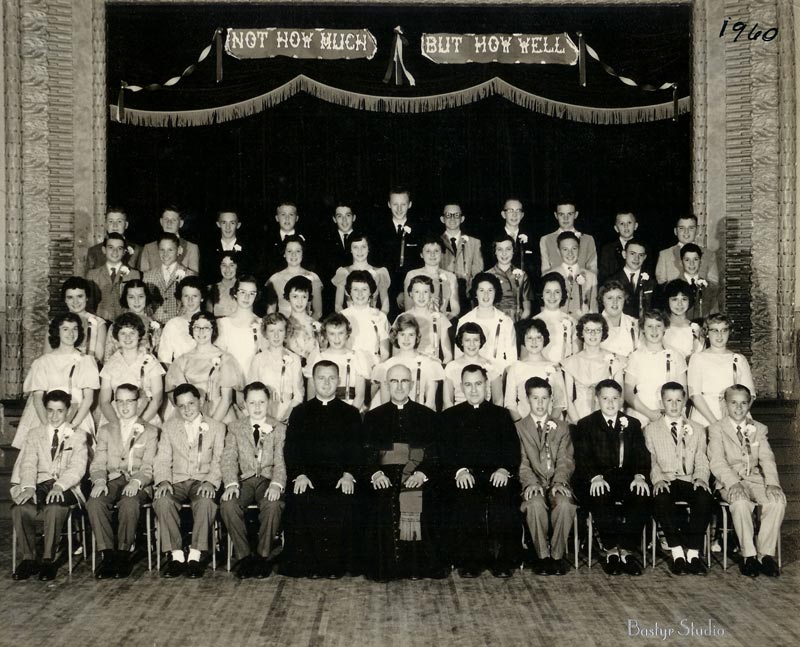
Catholic school curricula, then, have to differ from public schools in content and in delivery. Catholic school’s widespread adoption of the Common Core education standards removed the last vestiges of Catholicism’s distinctive academic program that flourished for centuries: a deep grounding in traditional mathematics and language arts study. As a result, academically speaking, there is nothing that distinguishes tuition-charging Catholic schools from their free, state-sponsored counterparts. Given this fact, it is no mystery why Catholic schools are closing.
The liberal arts of grammar, logic, and rhetoric, taught with time-tested pedagogy, were once the foundation of Catholic schools everywhere, and still provide the optimal foundation for future learning and living. This is the knowledge that a growing number of parents want their children to have, the very knowledge that public schools have discarded as boring, irrelevant, and stifling. The Catholic schools that have reintroduced the traditional liberal arts, now marketed as “classical education,” have seen enrollment numbers multiply rapidly. (Witness, as just two pieces of evidence, the Institute for Catholic Liberal Education and the Chesterton Schools Network.)
Breaking with public academic standards will require courage on the part of Catholic schools, which too often fear crossing swords with their public-school counterparts lest they lose the paltry government money, meted through local public school districts, that they receive annually. But it should be painfully obvious by now that begging for a few crumbs from Caesar is not enough to keep schools open. Only a rising enrollment will do that. Enrollment will rise only when solid academic curricula, from diagraming sentences to traditional computation, make the pursuit of truth their goal – and all truth points to God. Which returns us to the deeper purpose of Catholic education: leading all souls to Heaven.
Our secular world’s dreary nihilism, with its attendant denial of truth, has permeated public school curricula, even at the youngest grades. This fact alone should convince bishops and Catholic school administrators that our difference from public schools is our strength. The difference cannot be merely external – just uniforms and crucifixes, as important as those are. The difference has to be religious and curricular, with one reinforcing the other. The traditional liberal arts lead to God. They also form well-educated citizens capable of succeeding in all types of careers and of meeting the world’s challenges.
Successful evangelization meets people where they are, and then lifts them to God. By proudly offering a superior academic program, we can entice more unchurched Catholics into our schools, which may well be the final means to communicate the Catholic faith and Catholic culture in a world that has abandoned both.
So let’s return to the liberal arts and traditional pedagogy that once made Catholic schools enviable, and let’s surround them with a renewed faith in Jesus Christ and His Church. Then we can consider a new slogan for next year’s Catholic Schools Week: “Get into Harvard. Get into Heaven.”
*Image: The Class of 1960 at St. Wenceslaus School in New Prague, MN


